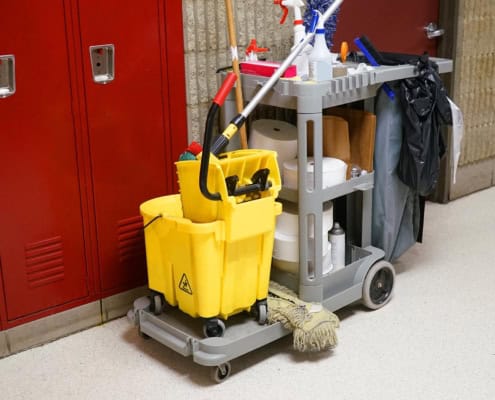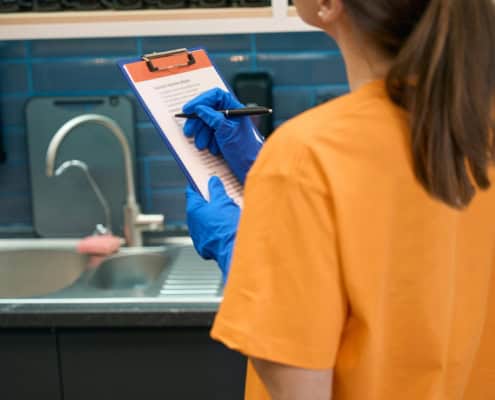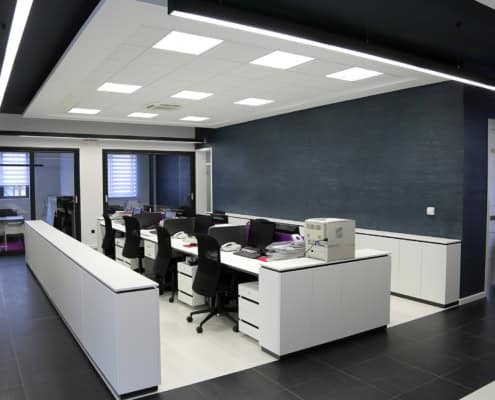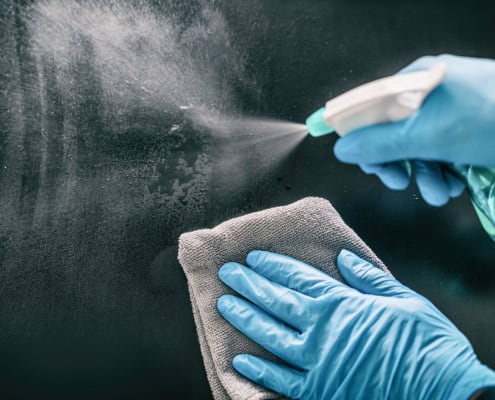Cleaning a healthcare environment requires a different level of skill, attention, and compliance than cleaning a standard office building. While traditional janitorial teams may focus on basic surface cleaning and tidiness, healthcare cleaning services go several steps further. They’re structured around infection prevention, high-risk zone protocols, and documentation for regulatory audits.
A key difference lies in the type of contaminants present. In a healthcare setting, you’re dealing with biohazards, pathogens, bodily fluids, and antimicrobial-resistant bacteria. These can’t be tackled with everyday cleaning agents or techniques. Instead, medical facility cleaning involves the use of EPA-registered disinfectants, color-coded tools to prevent cross-contamination, and strict adherence to environmental services protocols.
Moreover, specialized medical cleaning isn’t just about what gets cleaned, but how and when it gets cleaned. Cleaning workflows must align with patient schedules, minimize disruption, and account for everything from surgical prep rooms to high-touch administrative surfaces.











